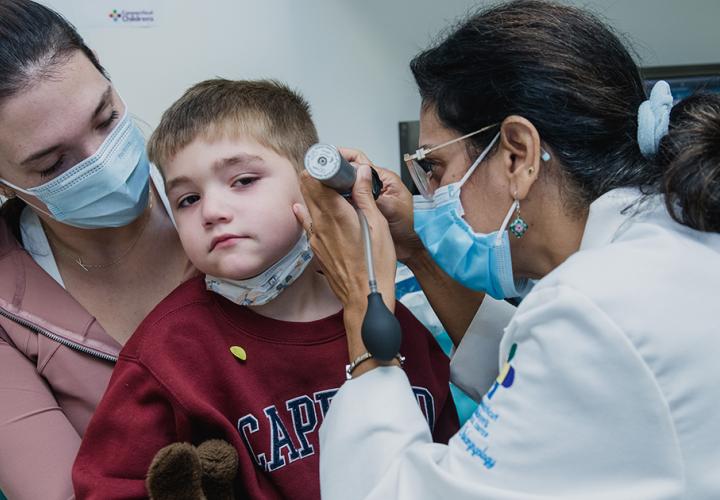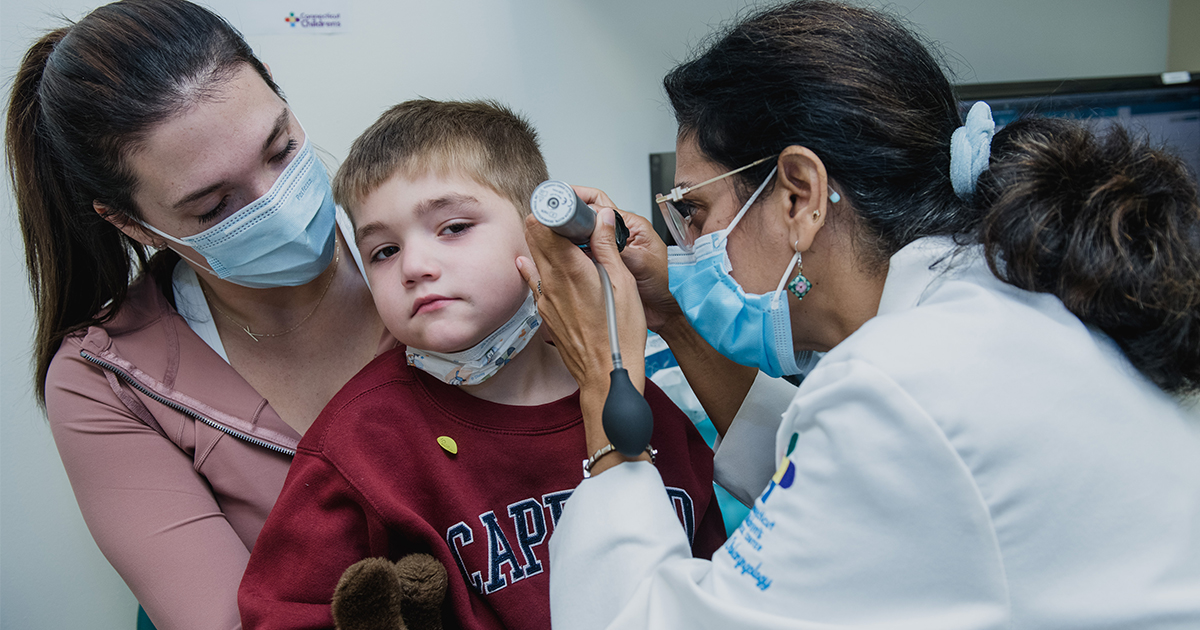This blog was originally published in 2021 and was updated in February 2025.
Ear tube surgery is the most common surgery for children in the United States – in fact, about half a million kids have the procedure every year. Kids (and adults) can get ear tubes at any age, but it’s especially common for very young children, under the age of 3.
To explain more, Connecticut Children’s ear, nose and throat surgeon Christopher Grindle, MD, joins the Growing Healthy blog.


